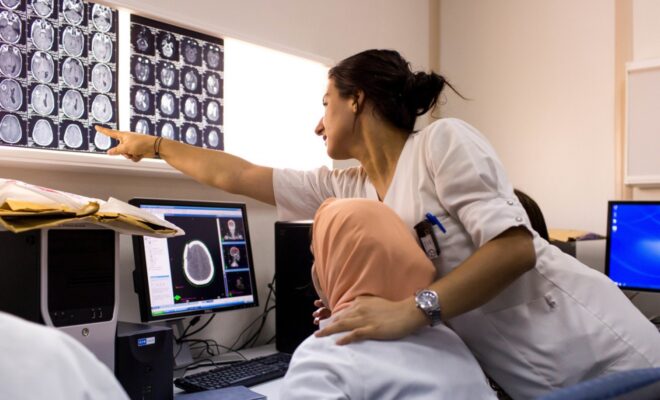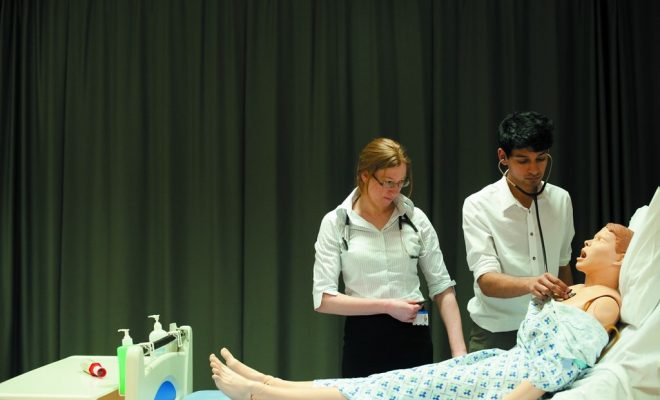A Beginner’s Guide To Cancer Screening

A short guide to cancer screening identifies the importance of organized and systematic approaches to cancer screening. It outlines methods and recommendations, and describes the limitations of cancer screening. It will also offer a basic overview of the benefits and risks of various types of cancer screening. For more information, contact the authors. This guide is provided for your information and use. The information presented in this article is not intended to be a substitute for the advice offered by a doctor or other healthcare provider.
Organized cancer screening needs to be addressed systematically
The effectiveness of organized cancer screening depends on the identification of individuals at high risk of developing the disease, the management of interactions among potential participants, and the quality of the tests. Organized cancer screening programs define the target population, ensure the quality of screening tests, and recall those due for rescreening. In short, these programs reduce the harms of screening, such as over-screening, poor quality tests, and inappropriate follow-up of positive tests.
A primary research study on cancer screening has focused on the experience of cancer screening patients. The study examined self-reports by cancer screening participants and their perspectives on health care providers. The inclusion of primary research from the patient perspective can help healthcare providers design more effective services. However, further research is needed to understand why and how patients engage in cancer screening. There are many reasons why screening uptake is low, and one of these is that they are less aware of the benefits of the program.
Methods of screening
There are many benefits to early detection of cancer, including the ability to treat and prevent mortality. However, the early detection of cancer is dependent on the population’s awareness of the disease, and may depend on both self-examination and clinical examination. In this article, we examine the warning signs of cancer, as well as the benefits and harms of screening. In addition, we discuss the importance of integrating exposure history and risk assessment into cancer screening programs.
The most commonly used cancer screening methods involve the detection of various types of cancer, such as lung, breast, cervical, ovaries, and genital tracts. In some countries, screening may be performed using human papillomavirus or cervical cytology tests. However, some cancer screening procedures may miss cancer or be ineffective, because of the location of the disease. Some women may have a uterine cervix or fallopian tubes that are located deep within the pelvis, making early detection of ovarian cancer particularly challenging.
Recommendations for screening
Although the recommendations for cancer screening are similar across all countries, utilization of such tests is far below optimal levels, which could lead to substantial reductions in cancer mortality and other patient-important outcomes. With the exception of recent increases in CRC screening, cancer screening rates for cervical and breast cancer remain unacceptably low. However, ACS-sponsored studies have shown that these rates are growing rapidly in some countries. Read on to learn more about cancer screening recommendations.
Recommendations for cancer screening are based on your age, gender, and family history. Screening for prostate, colon, and colorectal cancer is not recommended for asymptomatic or high-risk adults. Consult your physician for more information about the benefits and risks associated with cancer screening. Colorectal cancer screening is recommended every 50-75 years, though some national organizations recommend screening as early as age 45.
Limitations of screening
While screening for cancer is an essential part of preventative medicine, the benefits of early diagnosis are many and far-reaching. Early detection is the first step toward curing cancer. It increases the likelihood of effective treatment and extends life expectancy. However, screenings for cancer have their limitations. Some screening tests yield false-positive results and lead to unnecessary investigations. Other screening tests may be negative when cancer cells are present at an early stage, resulting in no treatment at all.
The CDC has found several limitations of cancer screening. Among them is the age of participants. Participants in the study self-reported when they had undergone cancer screenings. Furthermore, the analyses focused on women only, and only breast and cervical cancer screenings were performed. Similarly, participants with a history of cancer were excluded from cancer screening studies. These findings suggest that cancer screenings may not be as effective as we would hope.









